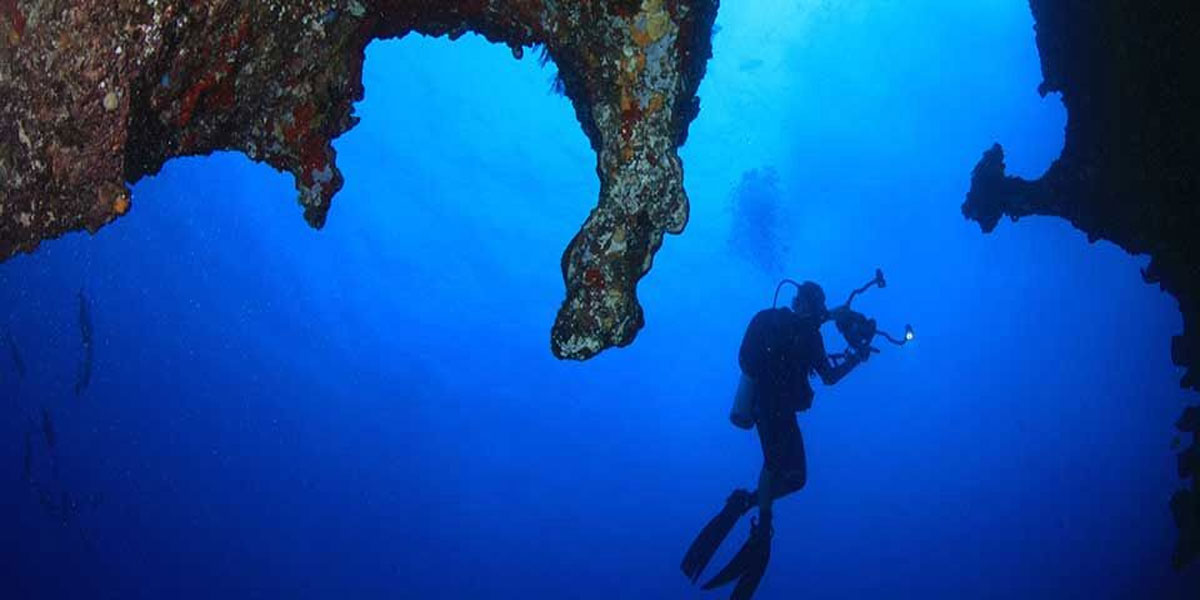Explore the ocean depths

Oceans Science Lesson Our planet is called Earth, but a more accurate name might actually be Ocean Oceans and seas cover over 70 of the planets surface, but because they support life at much greater depths than land, they actually make up 99 of all the earths habitable space
Oceans Science Lesson: Our planet is called ‘Earth,’ but a more accurate name might actually be ‘Ocean’! Oceans and seas cover over 70% of the planet’s surface, but because they support life at much greater depths than land, they actually make up 99% of all the earth’s habitable space. The oceans are also what makes land habitable for us, even if we don’t live on the coast. For example, the rain that falls on your town evaporated from the ocean and half of all the oxygen you breathe is produced in the oceans. (They are full of microscopic plants called phytoplankton that produce oxygen by the process of photosynthesis.)
If you’ve ever spent time at the beach, you know that the ocean is immense and powerful. Have you ever wondered what it’s like deep below the surface? What the land looks like at the bottom? What kind of creatures live there? And what it would be like to go see for yourself?
Ocean Floor: If you’re swimming at the beach, you aren’t standing on the ocean floor. The land that juts out from the edges of each continent is called the continental shelf. This shelf can be very short, or it can extend hundreds of miles out into the ocean. The continental shelf drops off down a steep continental slope which leads down to the real ocean floor, called the abyssal plain. The abyssal plain has its own stunning geography: the tallest mountains, longest mountain ranges, and deepest canyons in the world.
Along underwater mountain ranges are openings in the ocean floor that spew out superheated water with toxic concentrations of minerals. These underwater geysers are called hydrothermal vents. Ocean water seeps into cracks in the ocean floor and becomes heated by the magma (liquid rock) beneath the earth’s crust. The hot water (sometimes 750°F) pours back out of the vents, and as it meets the cold 35°F deep sea water, its dissolved minerals precipitate out – become solid again. These minerals often build up to form towering chimneys. The ‘Godzilla’ chimney off the coast of Oregon grew to be as tall as a 15-story building before it fell over! It is now rebuilding again.
Deep Sea Creatures: You might not expect anything to live near hydrothermal vents. In the first place, they are usually more than 7,000 ft (1.3 miles) below the surface. At this depth the water pressure is extreme – it would crush us in no time at all! In addition, the temperature near a vent fluctuates drastically between hot vent water and cold sea water. There is no natural light this deep in the sea; it is darker than the darkest midnight on land. The water spouting from the vents is full of toxic chemicals and minerals. How can anything live in such a harsh environment?
Despite the odds, hydrothermal vents support a lot of life! They teem with 5-inch-long white vent crabs that eat deep sea worms and mussels. These crabs are designed to withstand the tremendous water pressure. When scientists bring them up to the surface to study them, they die unless they are put in pressurized tanks.



















